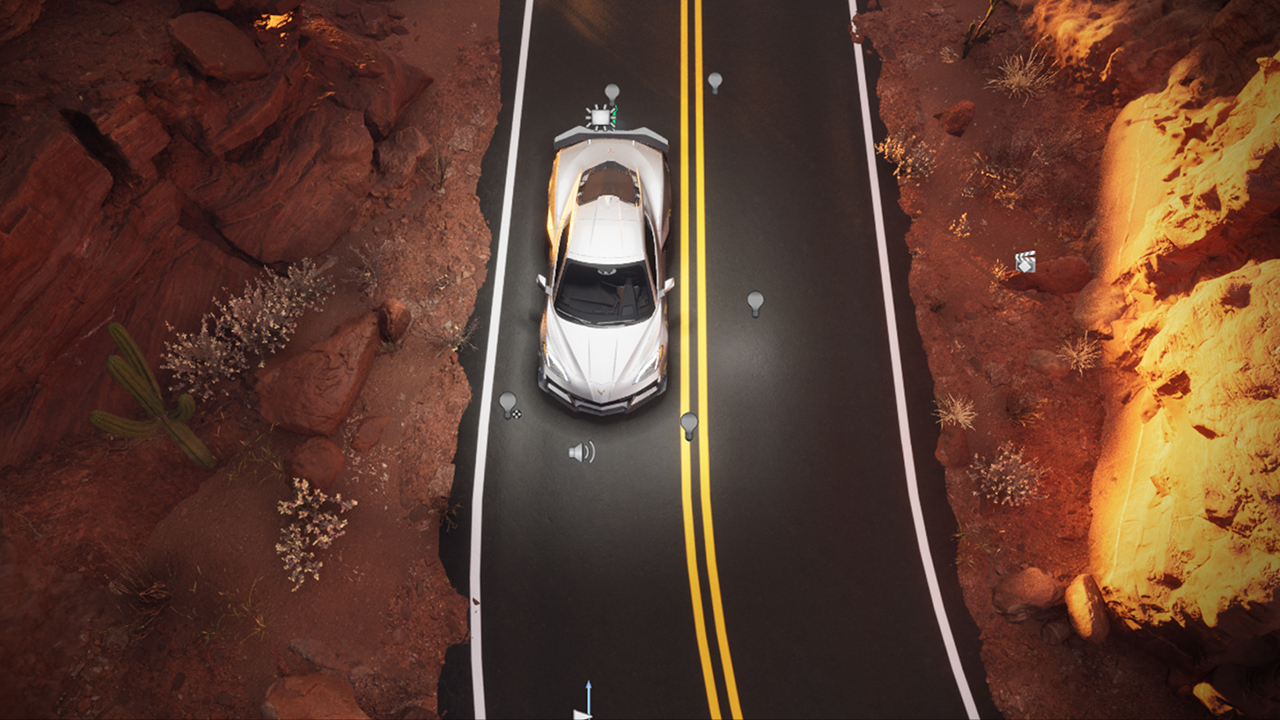The World of Real-Time Animation
The development of real-time rendering solutions has long since been pioneered by the games industry. But the prevalence of these game engines, such as Unreal and Unity, have begun to find their value in neighboring entertainment fields. Major animation studios continue to push for the integration of these technologies into feature films and television series alike, but the concept of ‘real-time animation’ can be a bit confusing for those unfamiliar with the ins and outs of 3D media. If this truly is a new method of production, then how does it compare to existing practices?

Real-Time Results
In traditional digital animation, a powerful rendering engine can take a good portion of time to calculate the look of each still frame. Because of this, a minute of screen time could take hours or days to fully process. In a rendering engine designed for real-time, this same minute of screen time would be visualized immediately, freeing up artists immensely in their ability to quickly ideate and polish. This removes one of the biggest hurdles of traditional digital animation pipelines – speeding up the process of ideation and allowing for a more seamless transition between the ‘rough’ and ‘final look’ of a project.

Bridging the Technical Gap
With game engines having existed for as long as they have, it can quickly raise doubts about the types of visual quality one could achieve. And yes. A frame rendered in real-time will not be able to reach the levels of fidelity that a more powerful rendering engine could achieve. But that gap between qualities continues to narrow as technologies improve, and artists grow more confident in this pipeline. While early adopters of the real-time pipeline had to work around the limitations of existing ‘game’ engines to meet their needs, Unreal has now fully embraced its utilization in film. No longer anchored to the limited title as a ‘game’ engine, Unreal Engine touts itself as ‘the world’s most open and advanced real-time 3D creation tool’. This paradigm shift is accompanied by a plethora of improvements in real-time computing, that aim to push the fidelity of what can be achieved for all projects, and provide tools tailored for 3D development as a whole.

Expanding Digital Media
In addition to having comparable results to traditional digital animation, real-time animation also opens the door to additional media solutions. With such a heavy background in its usage in games, interactive content has never been easier to implement. What started as two separate mediums – interactive and rendered animations – is slowly finding its compromise. At Elara, we’re excited to see how the automotive and film industry continues to integrate real-time media.
About Elara
Based in Northern California, Elara is a strategic creative agency that develops digital content for medical and industrial markets across the globe. For 20 years, Elara has partnered with clients to develop creative solutions to showcase their vision and transform digital content mediums – including virtual reality, mixed and augmented reality, 3D, and video. They specialize in creating deeply interactive experiences for teaching, training, marketing, and sales. For more information, all parties should contact us at information@elarasystems.com.
